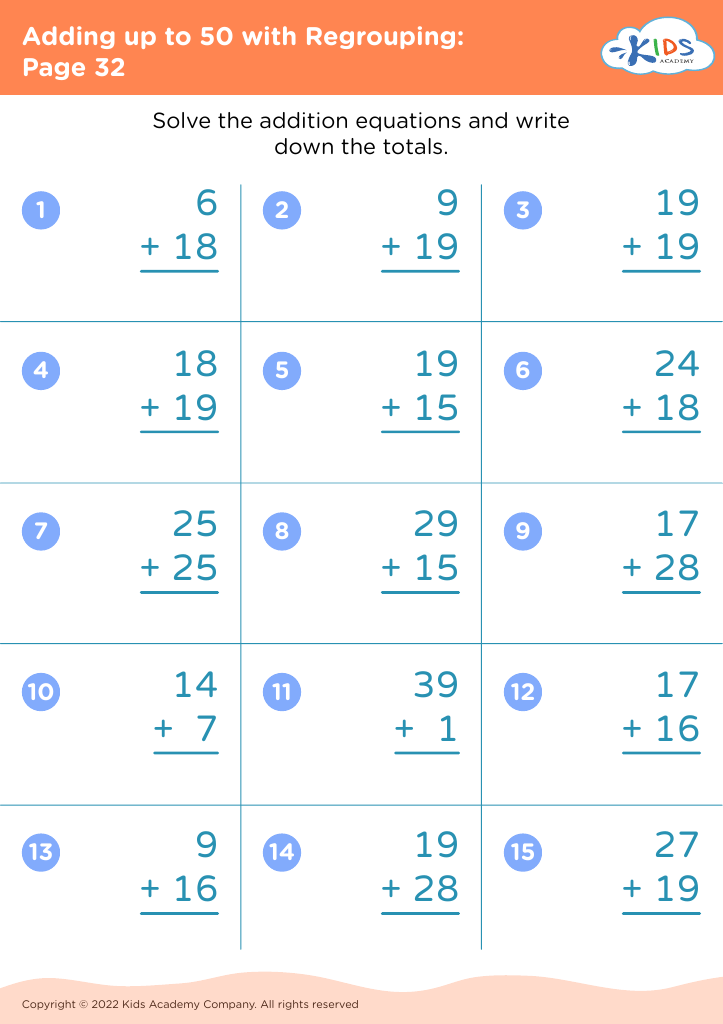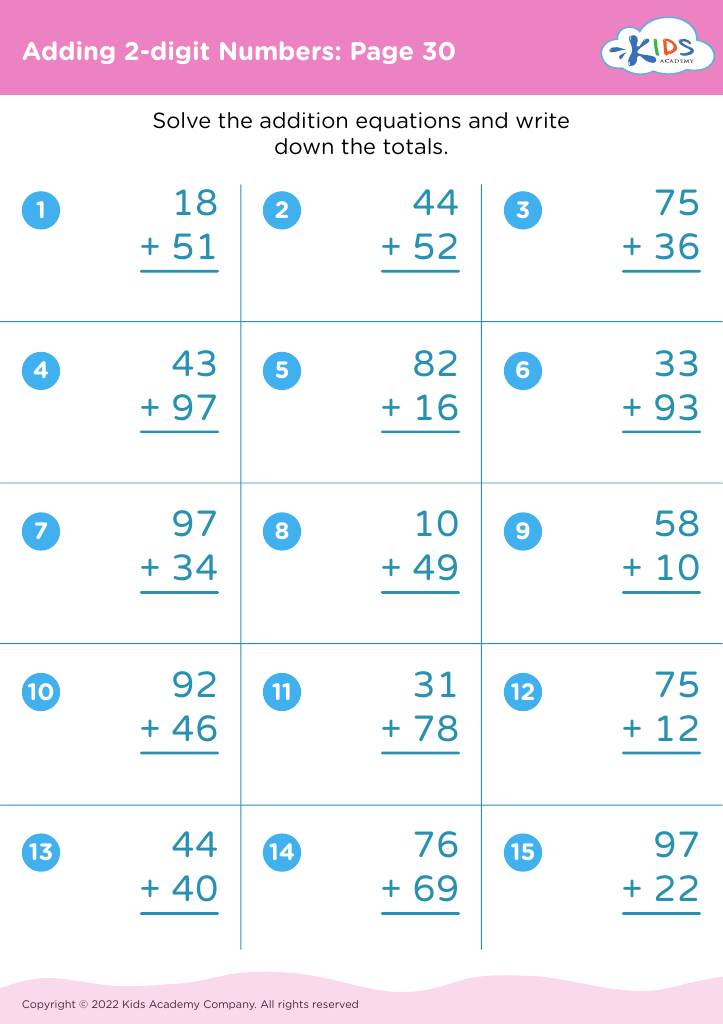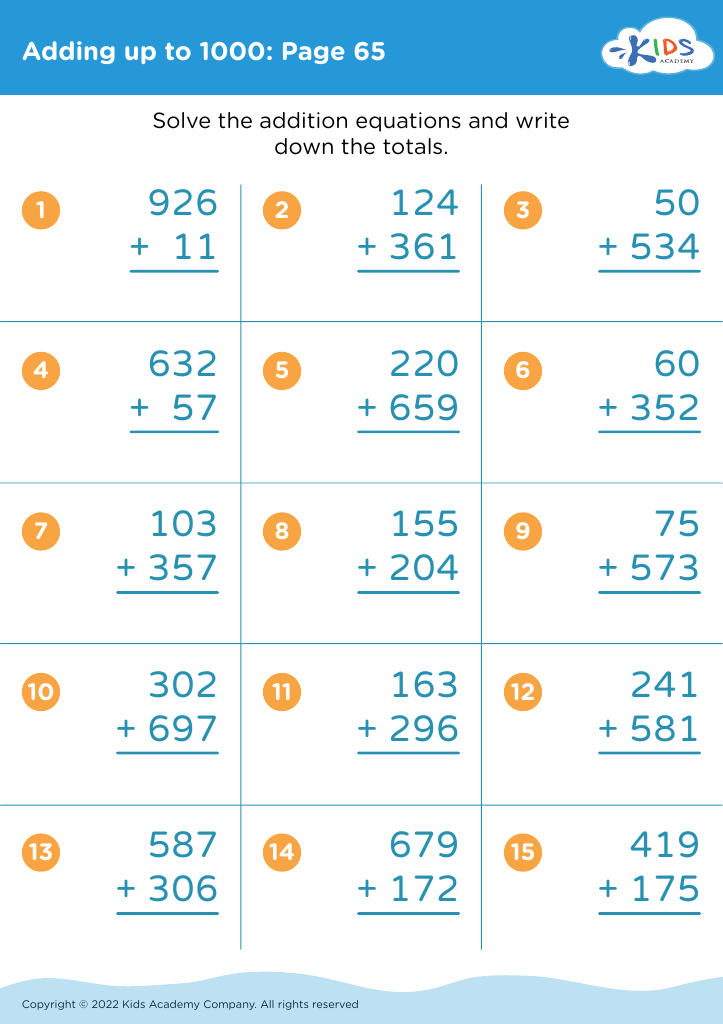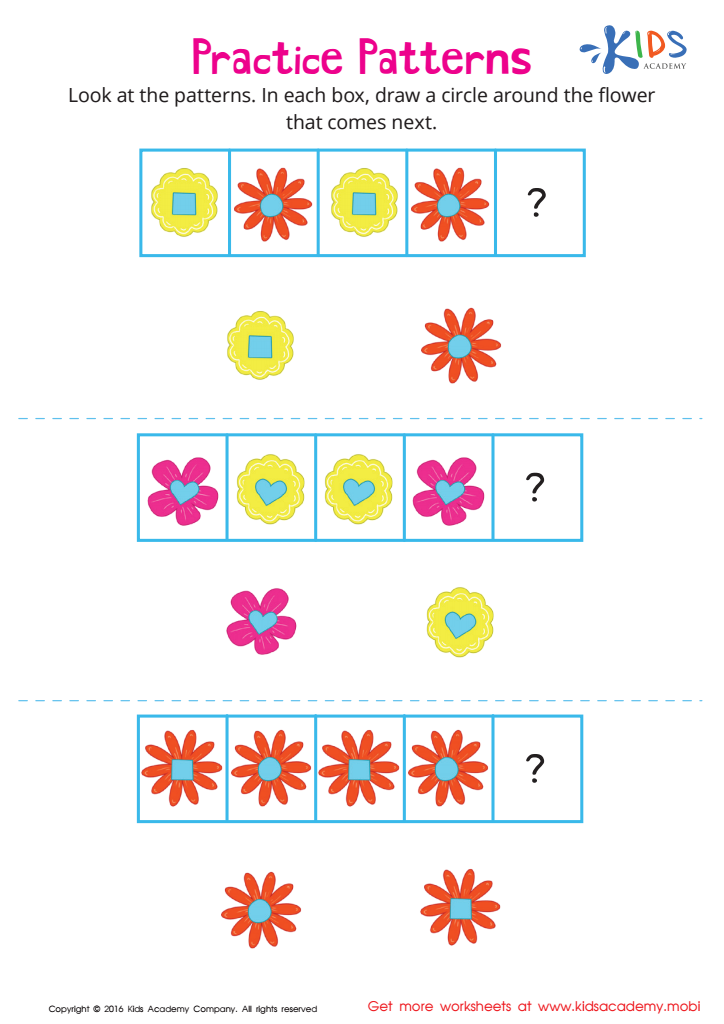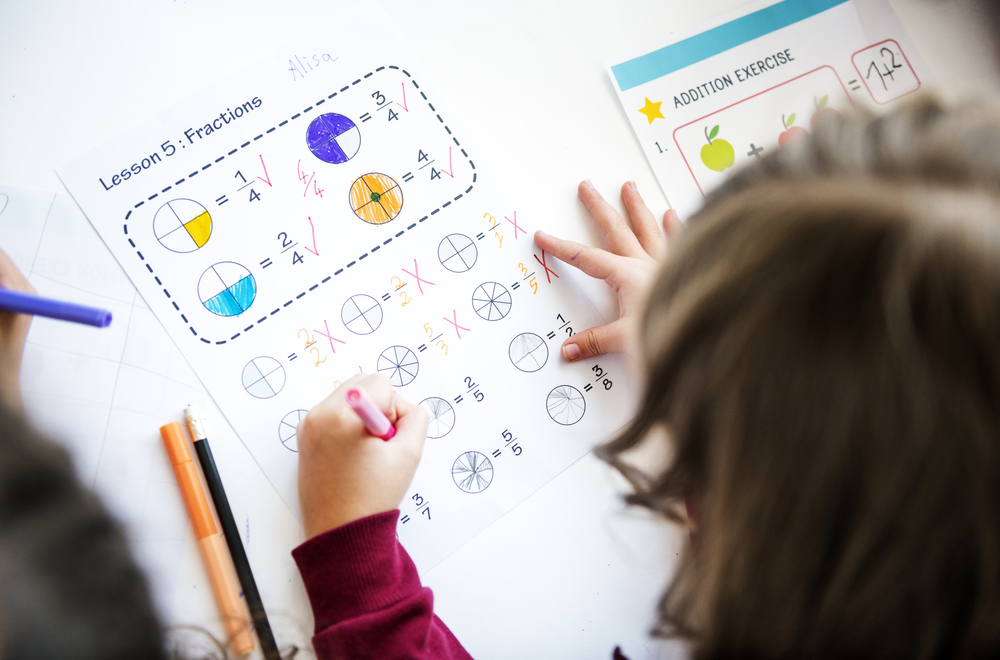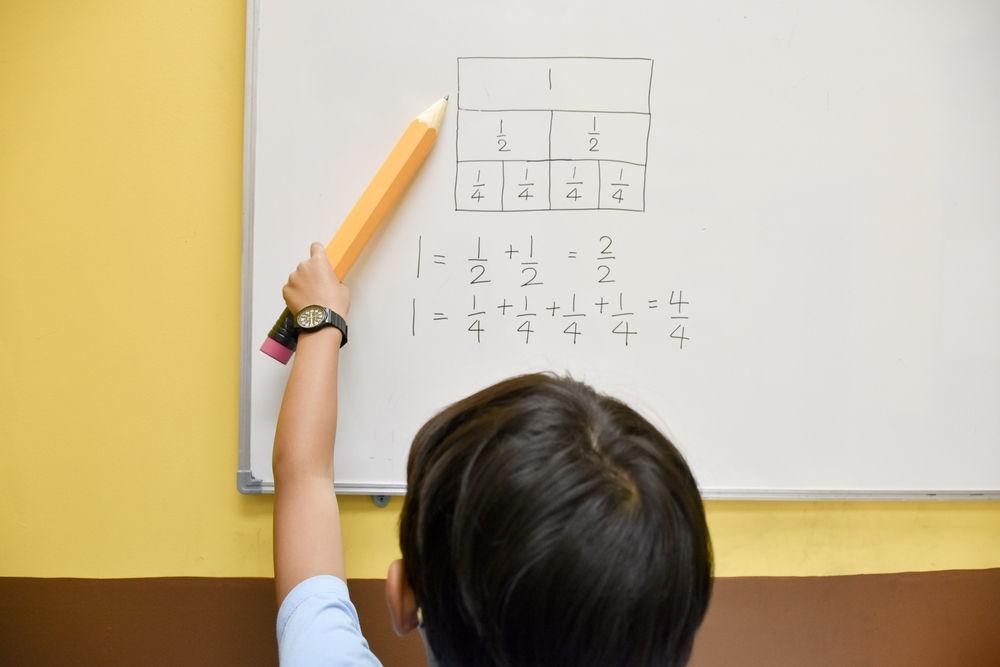Pattern recognition Worksheets for Ages 7-8
16 filtered results
-
From - To
Boost your child's cognitive skills with our Pattern Recognition Worksheets designed for ages 7-8. These interactive and engaging worksheets help young learners identify, compare, and predict patterns, enhancing their critical thinking and problem-solving abilities. Featuring a variety of fun activities, from shape sequences to color patterns, these exercises make learning enjoyable while developing essential math skills. Perfect for reinforcing classroom lessons or for extra practice at home, our expertly crafted worksheets are aligned with educational standards. Inspire confidence and curiosity in your child with our Pattern Recognition Worksheets, and watch them thrive academically!
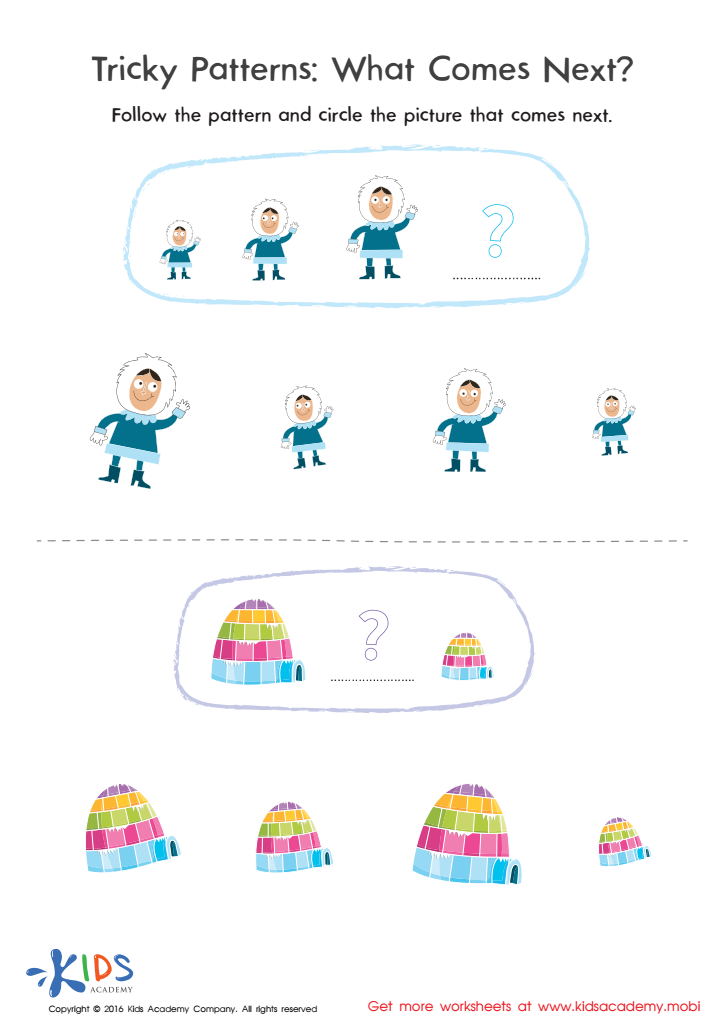

Tricky Patterns Size Worksheet
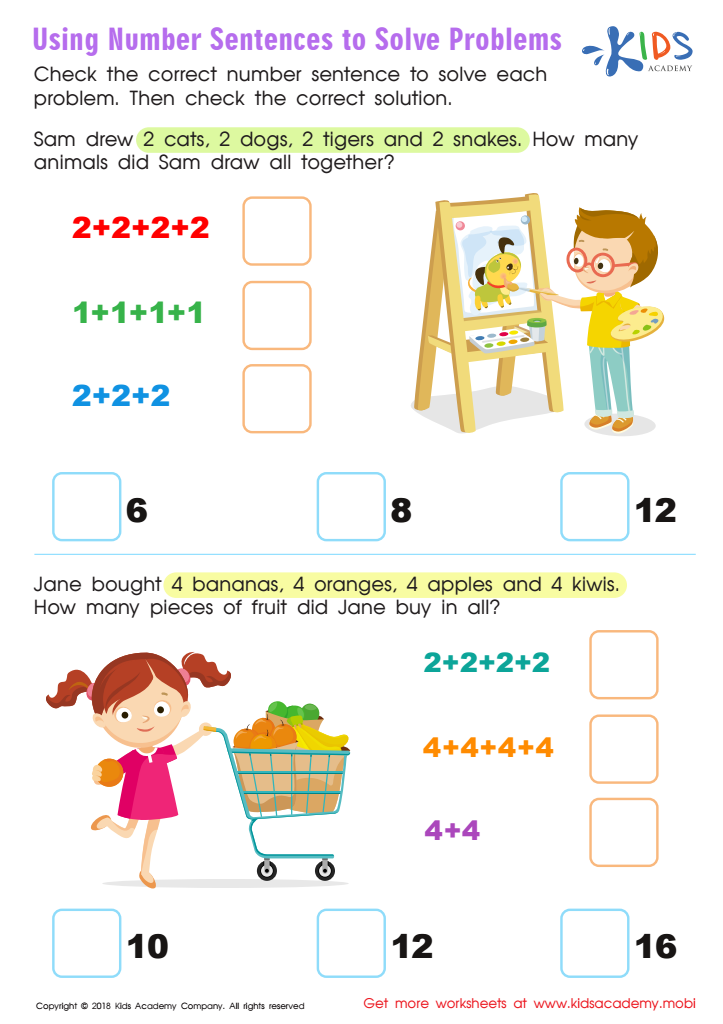

Using Number Sentences to Solve Problems Worksheet
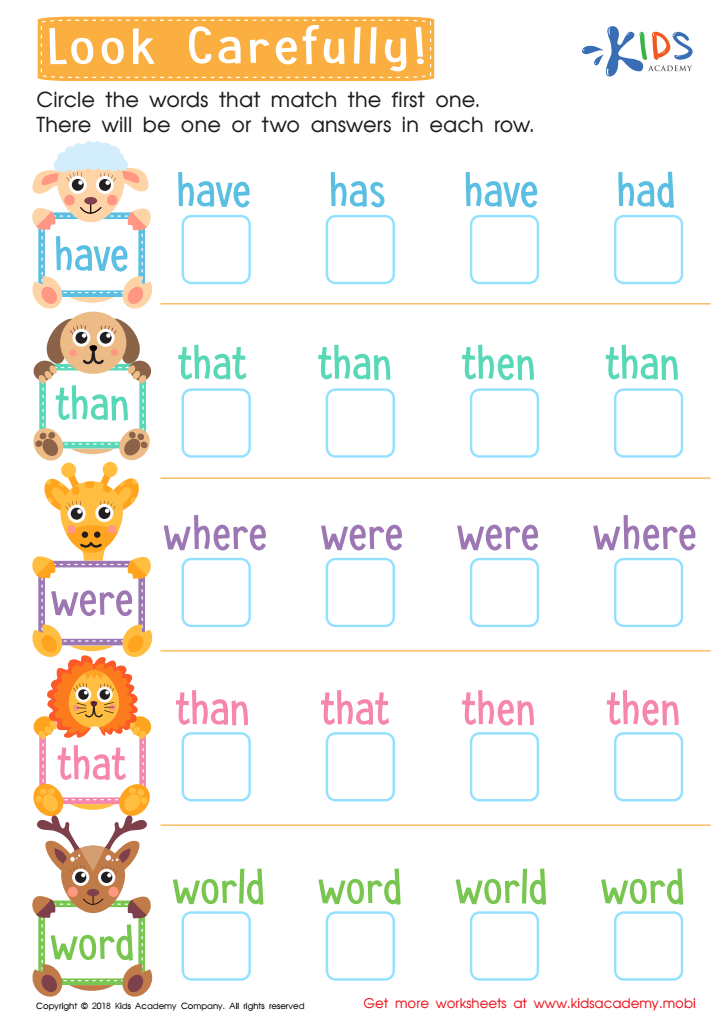

Look Carefully Worksheet


Find the Rule Worksheet


Logic Game Sorting Worksheet
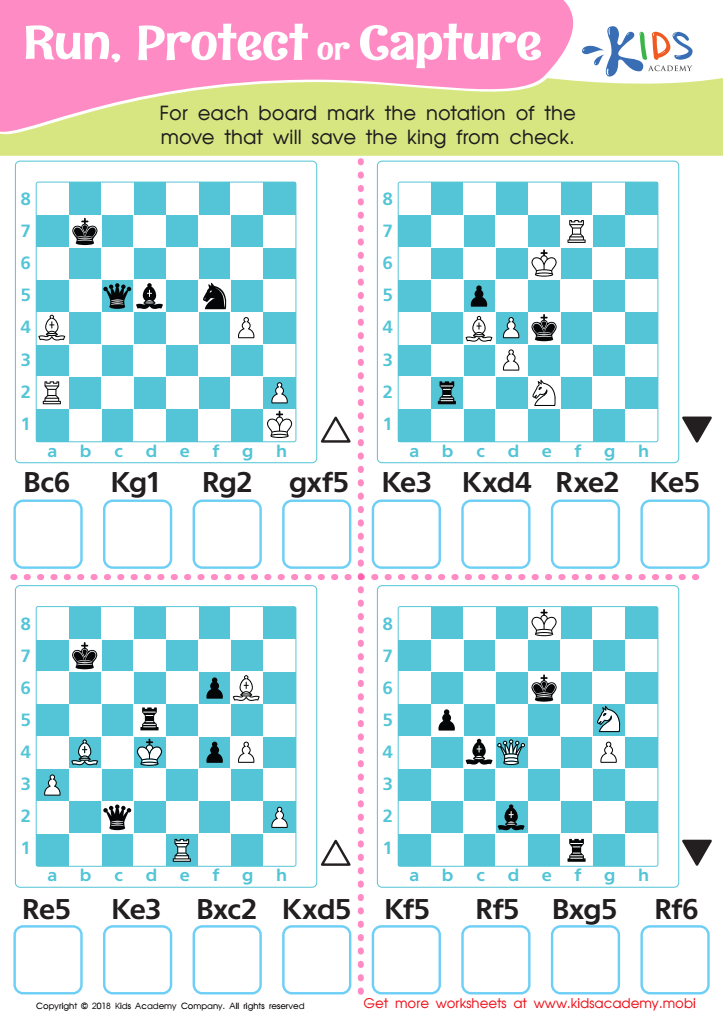

Run, Protect or Capture Worksheet
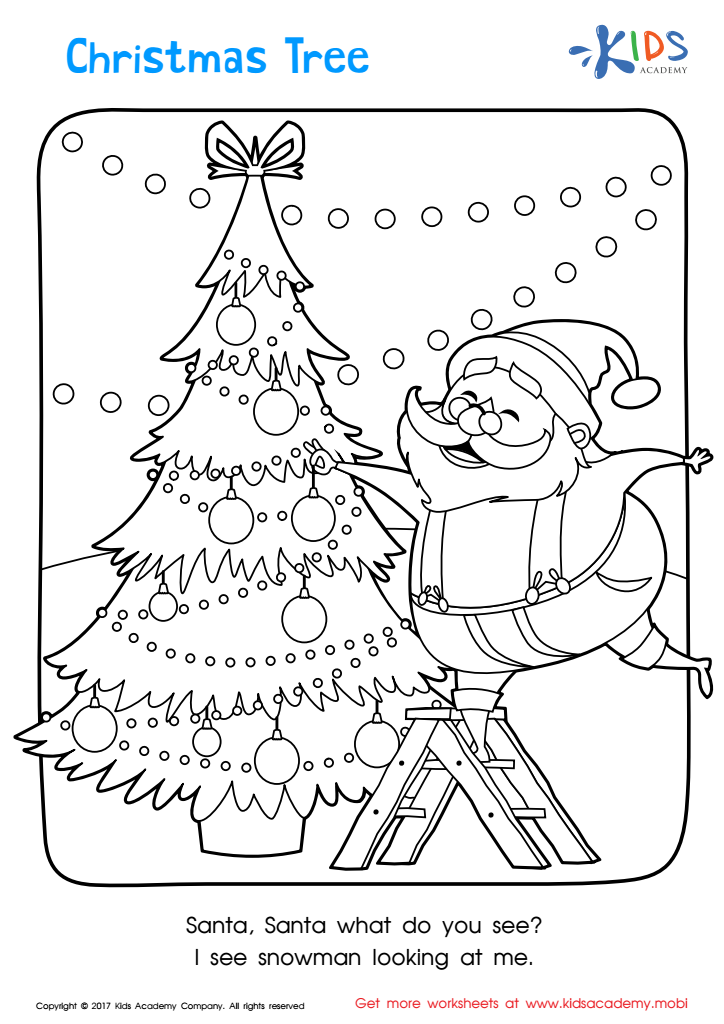

Christmas: Christmas Tree Printable
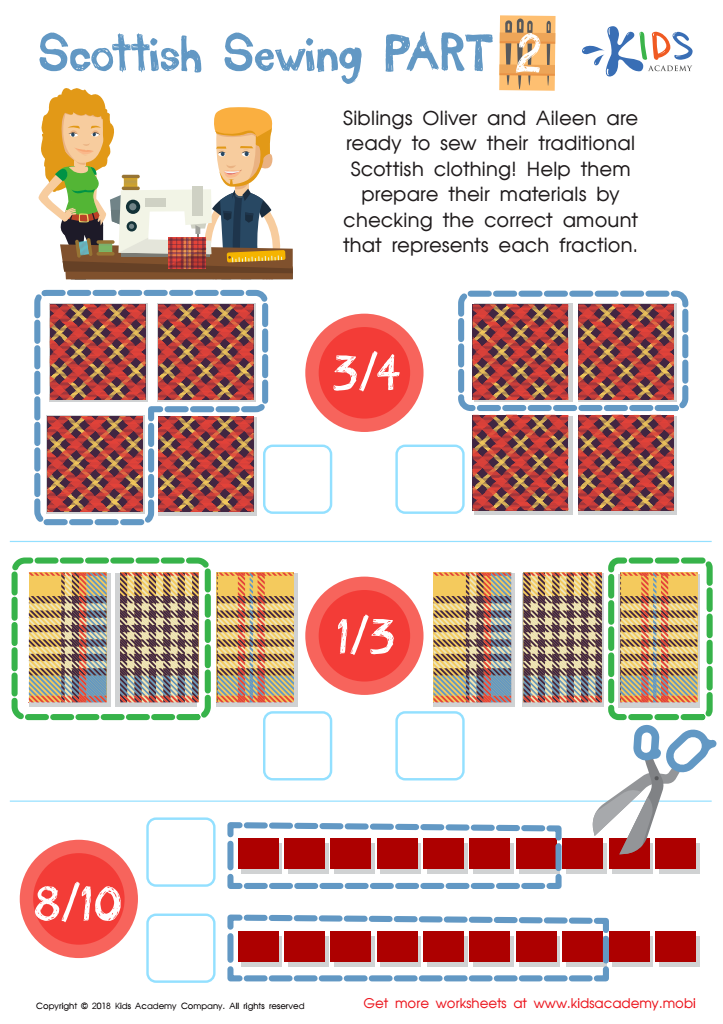

Scottish Sewing Part 2 Worksheet
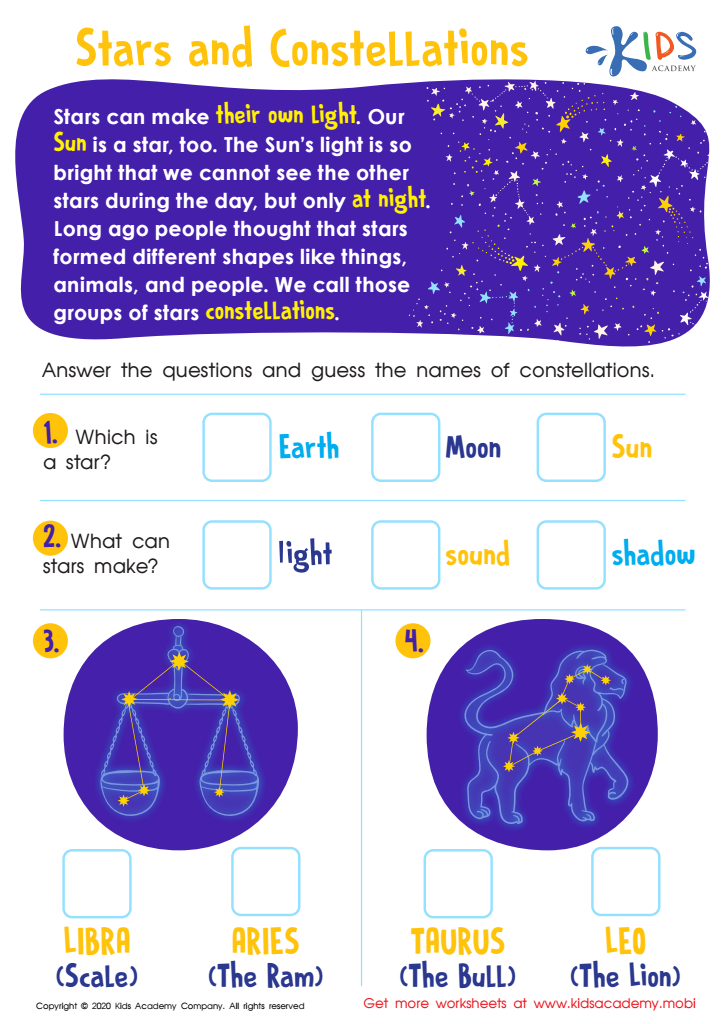

Stars and Constellations Worksheet
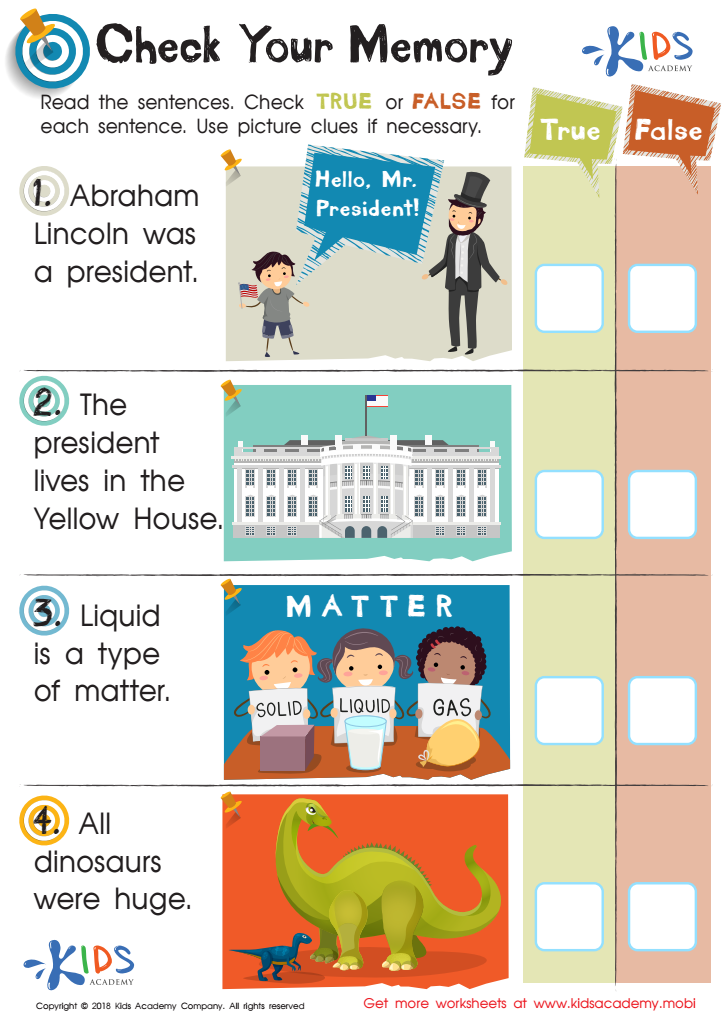

Check Memory Worksheet
Pattern recognition is a critical cognitive skill for children aged 7-8 that heavily influences their academic and intellectual development. Parents and teachers should place a strong emphasis on nurturing this ability for several reasons. Firstly, identifying and understanding patterns is foundational in mathematics. Recognizing numerical sequences and spatial patterns directly supports skills such as counting, addition, and multiplication, which become increasingly complex as children progress in their education.
Secondly, pattern recognition extends beyond math and is essential in reading and language arts. Understanding patterns in letter combinations, word families, and sentence structures aids in decoding and fluency, thereby enhancing reading comprehension and vocabulary.
Moreover, recognizing patterns helps in developing logical thinking and problem-solving skills, essential for various real-life situations and academic disciplines. It also boosts memory and predictive abilities, as children learn to anticipate what comes next based on previous occurrences.
Engaging children in activities that promote pattern recognition—like puzzles, sequencing games, or rhythmic activities—can foster critical thinking and creativity. Consequently, by encouraging pattern recognition, parents and teachers lay a vital foundation for children's educational success and their broader cognitive development, making this skill a cornerstone for lifelong learning.


 Assign to My Students
Assign to My Students
